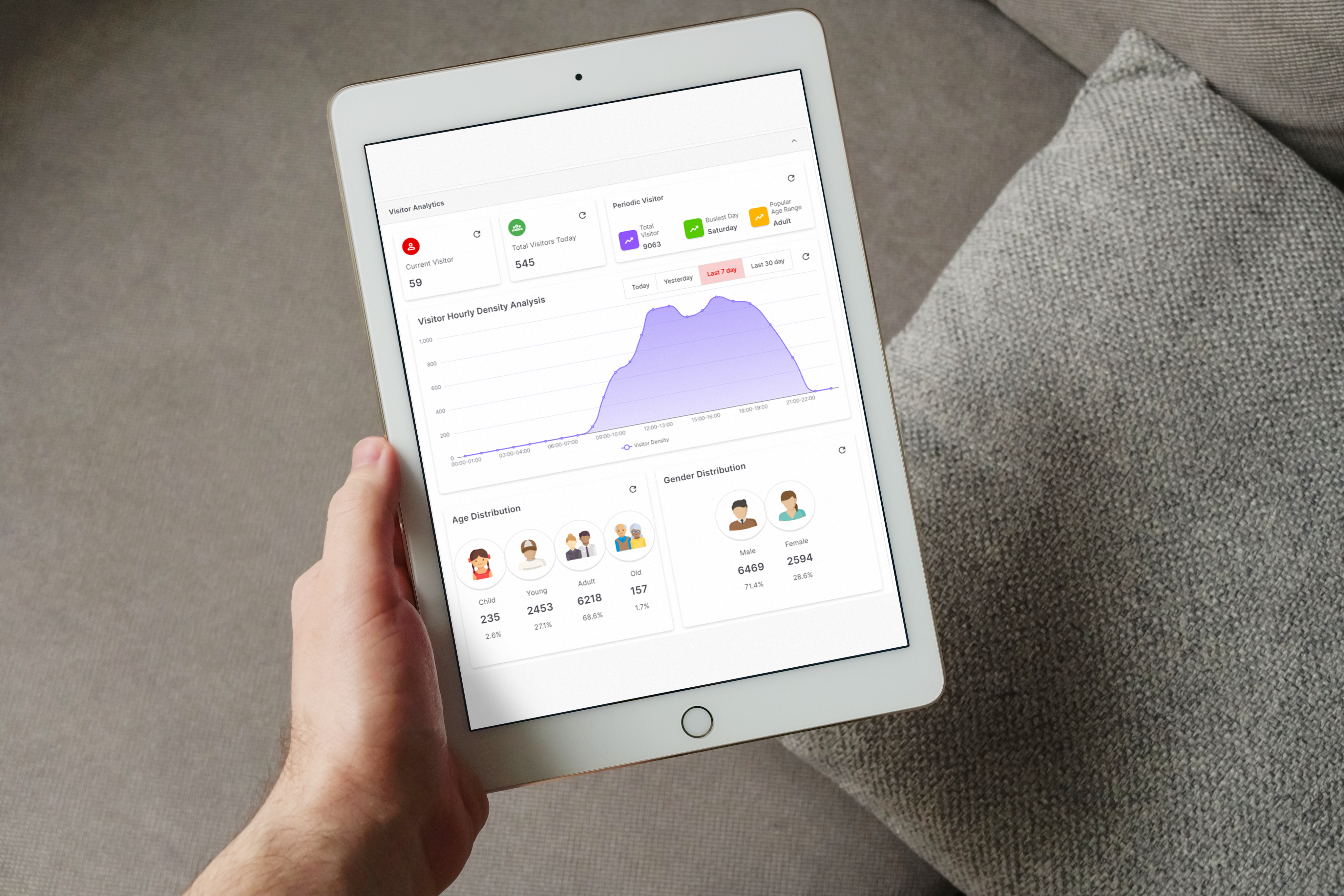How Computer Vision Can Enhance Safety Solutions

Published by · Holocrow · At January 24 2024
The safety of employees and assets is a top priority for businesses and organizations across industries. In recent years, there has been a growing demand for innovative safety solutions that can help prevent accidents and create safer work environments. One technology that has emerged as a game-changer in this regard is computer vision, which uses advanced algorithms and machine learning models to interpret and analyze images and videos. By integrating computer vision technology into their safety solutions, businesses and organizations can improve safety, prevent accidents, and protect their employees and assets. In this blog post, we’ll explore how computer vision technology can enhance safety solutions.
Identifying Safety Hazards
One of the primary benefits of computer vision technology is the ability to identify safety hazards in real-time. By analyzing visual data from cameras and sensors, computer vision systems can detect potential safety hazards, such as spills, obstructions, and equipment malfunctions, before they escalate into accidents. This proactive approach to safety management can help prevent accidents and improve safety in the workplace.
Moreover, computer vision technology can help businesses and organizations analyze patterns of unsafe behavior among employees. By monitoring visual data, computer vision systems can detect employees engaging in unsafe behavior and provide actionable insights that can be used to improve employee training and prevent future accidents.
Enhancing Security

Computer vision technology can also help enhance security in the workplace. By analyzing video footage in real-time, computer vision systems can detect suspicious behavior and identify potential security threats, such as unauthorized access or theft. This can help businesses and organizations prevent security breaches and protect their employees and assets.
Computer vision technology can also help businesses and organizations monitor employee behavior to prevent insider threats. By analyzing visual data, computer vision systems can detect employees engaging in suspicious behavior, such as attempting to access restricted areas or stealing company property. This can help businesses and organizations prevent security breaches and protect their assets.
Enforcing Safety Protocols
Computer vision technology can help enforce safety protocols in the workplace, such as social distancing or personal protective equipment (PPE) requirements. By analyzing visual data from cameras and sensors, computer vision systems can detect when employees are not adhering to safety protocols and issue alerts or notifications. This can help businesses and organizations ensure that their employees are following safety guidelines and prevent the spread of infectious diseases.
Moreover, computer vision technology can help businesses and organizations track employee movement and identify areas of the workplace where safety protocols may need to be reinforced. By analyzing visual data, computer vision systems can detect areas where employees are congregating and make recommendations for adjusting workplace layouts to promote social distancing and reduce the risk of accidents.
Streamlining Safety Inspections
Safety inspections are a critical component of safety management, but they can be time-consuming and resource-intensive. Computer vision technology can help streamline safety inspections by automating the process of identifying safety hazards and issuing alerts or notifications. This can help businesses and organizations save time and resources while improving safety in the workplace.
Computer vision technology can also help businesses and organizations analyze historical visual data to identify patterns of unsafe behavior or hazards. By analyzing visual data from previous safety inspections, computer vision systems can detect recurring safety hazards or areas of the workplace where accidents are more likely to occur. This can help businesses and organizations make data-driven decisions to improve safety and prevent future accidents.
Improving Emergency Response
Computer vision technology can help improve emergency response times and increase the effectiveness of emergency response efforts. By using visual data from cameras and sensors, computer vision systems can detect the location of potential safety hazards and notify emergency responders in real-time. This can help emergency responders arrive at the scene more quickly and with more accurate information, improving their ability to respond to emergencies and prevent accidents.
Analyzing Near-Miss Incidents
Computer vision technology can help businesses and organizations analyze near-miss incidents to identify potential safety hazards and prevent accidents before they occur. By analyzing visual data from cameras and sensors, computer vision systems can detect near-miss incidents, such as employees almost tripping or falling, and provide insights into the causes of these incidents. This information can then be used to implement safety measures to prevent future accidents.
Enhancing Training Programs for Safety Solutions
Computer vision technology can help businesses and organizations enhance their safety training programs. By analyzing visual data from cameras and sensors, computer vision systems can detect areas of the workplace where safety incidents are more likely to occur and provide insights into the causes of these incidents. This information can then be used to develop targeted safety training programs that address the specific safety hazards present in the workplace.
Optimizing Maintenance Schedules
Computer vision technology can help businesses and organizations optimize their maintenance schedules to prevent equipment malfunctions and reduce the risk of accidents. By analyzing visual data from sensors and cameras, computer vision systems can detect equipment that is not functioning properly and notify maintenance personnel in real-time. This proactive approach to maintenance can help prevent equipment failures that can result in accidents or injuries.
Improving Regulatory Compliance
Computer vision technology can help businesses and organizations improve their regulatory compliance by monitoring safety protocols and providing insights into areas of non-compliance. By analyzing visual data from cameras and sensors, computer vision systems can detect when employees are not adhering to safety protocols and issue alerts or notifications. This can help businesses and organizations ensure that they are meeting regulatory requirements and avoid fines or penalties for non-compliance.
In conclusion, computer vision technology offers a range of benefits for businesses and organizations looking to enhance their safety solutions. By identifying safety hazards in real-time, enhancing security, enforcing safety protocols, streamlining safety inspections, improving emergency response, analyzing near-miss incidents, enhancing training programs, optimizing maintenance schedules, and improving regulatory compliance, businesses and organizations can create safer work environments and protect their employees and assets.
If you’re interested in learning more about how computer vision technology can benefit your safety solutions, contact us today.
